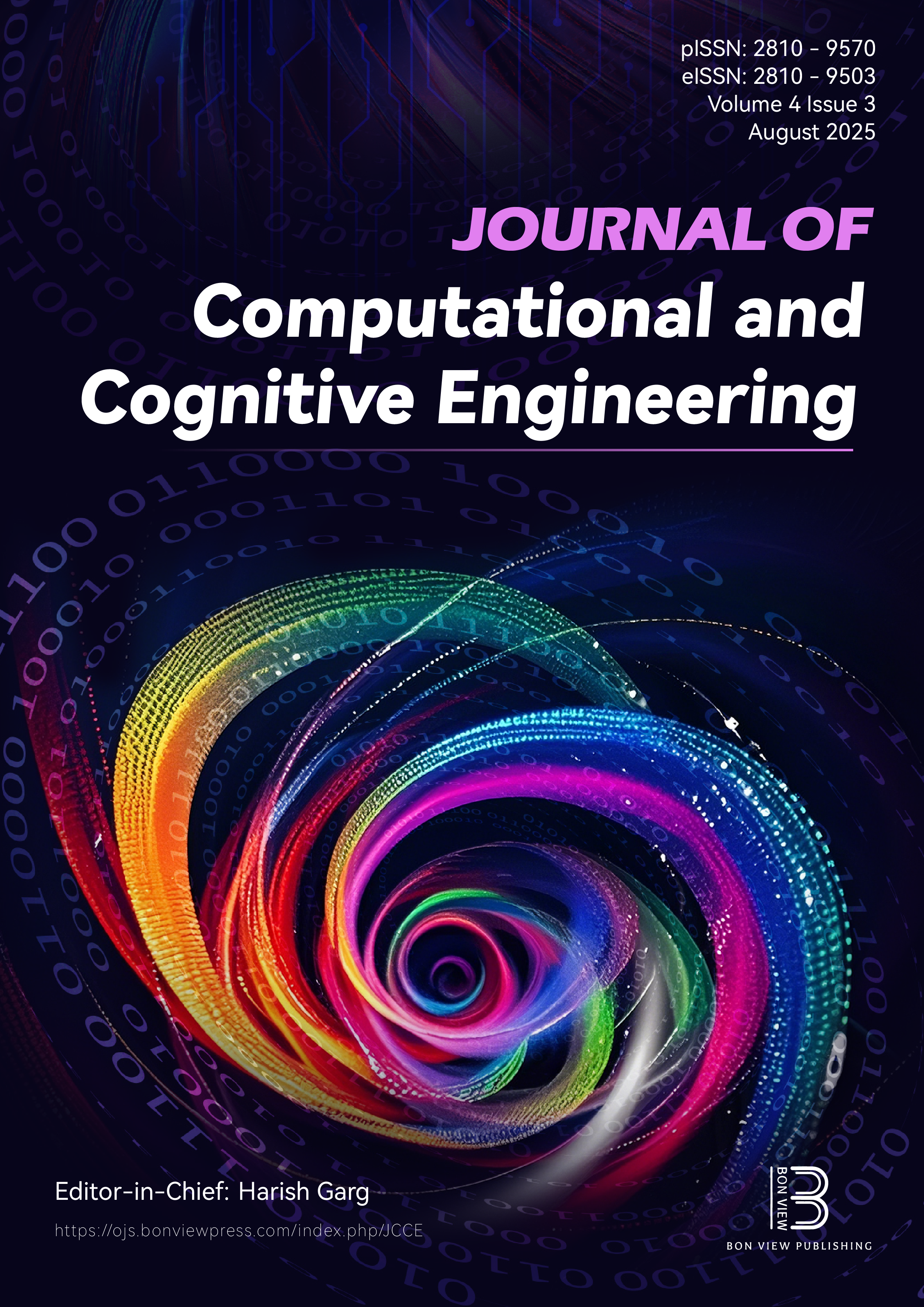Legal Text Analytics for Reasonable Notice Period Prediction
DOI:
https://doi.org/10.47852/bonviewJCCE52024104Keywords:
deep learning, reasonable notice prediction, employment law, legal analyticsAbstract
Applications of deep learning (DL) to generate text embeddings and natural language processing (NLP) have shown wide success in semantic interpretations of domain-specific text data when applied to downstream tasks such as predicting the next word, information extraction for classification, analyzing social media feeds, classifying text, and creating compressed representations. While DL and NLP have been widely applied across numerous domains, researchers have recently begun to apply these techniques to the field of law due to the challenges in processing legal case descriptions. Attention-based models have shown promising results in predicting criminal charges using unstructured text as an input, but little work has been done on data representing the Canadian legal system, especially employment law. The legal field poses many challenges, such as the amount of legal data publicly available in Canada, the verbosity of judgments, the legal jargon used in judgments, and the subjectivity of outcomes that pose many challenges in processing legal text data. Many of the state-of-the-art systems require expensive hand-annotated labels that are often unobtainable. In this study, we investigate the prediction of reasonable notice for termination of employment in the field of law. To address these challenges, we propose domain-adapted BERT variations specifically trained for legal texts. We assess the performance of various attention-based and pre-trained models using human-typed summaries of legal judgment and present a detailed analysis of the data and the results to provide insights for further exploration in this area. Our approaches also provide interesting insights about this specific type of legal case focusing on employment law, given the subjective nature of judges and the variability in outcomes.
Received: 15 August 2024 | Revised: 28 February 2025 | Accepted: 10 March 2025
Conflicts of Interest
The authors declare that they have no conflicts of interest to this work.
Data Availability Statement
The data that support the findings of this study are openly available at https://static.case.law/.
Author Contribution Statement
Jason Lam: Conceptualization, Methodology, Software, Validation, Formal analysis, Investigation, Resources, Data curation, Writing – original draft, Writing – review & editing, Visualization. Yuhao Chen: Writing – review & editing, Visualization. Farhana Zulkernine: Conceptualization, Resources, Data curation, Writing – review & editing, Visualization, Supervision, Project administration, Funding acquisition. Samuel Dahan: Validation, Data curation, Writing – review & editing, Supervision, Project administration, Funding acquisition.
Metrics
Downloads
Published
Issue
Section
License
Copyright (c) 2025 Authors

This work is licensed under a Creative Commons Attribution 4.0 International License.






